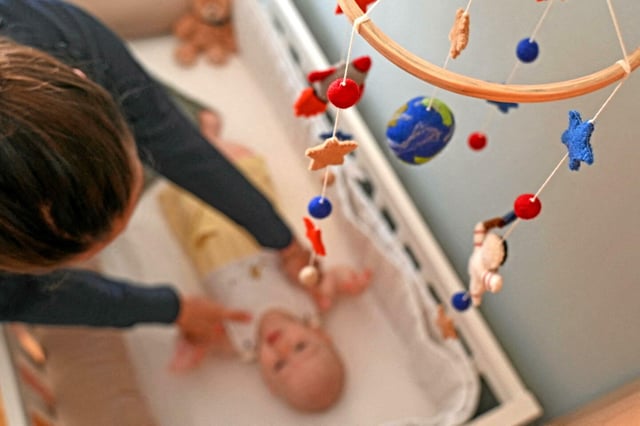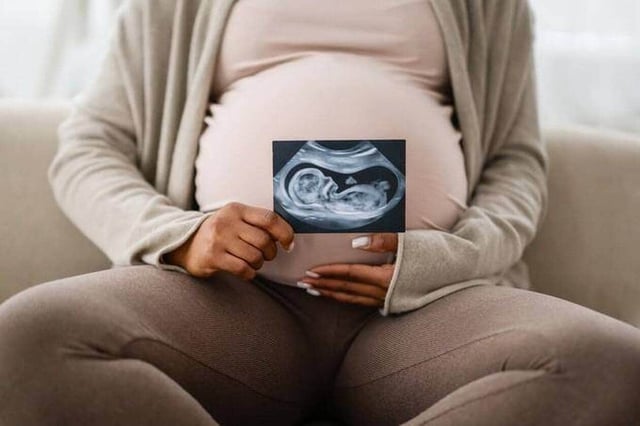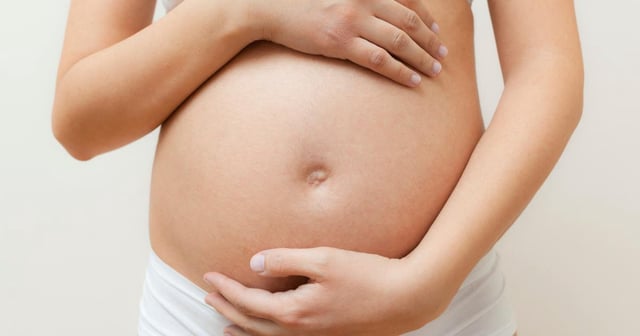Overview
- Harvard team led by Siwen Wang analyzed data from the Nurses' Health Study covering over 58,000 U.S. mothers who gave birth between 1956 and 2015.
- They found that families with three sons have a 61% chance of a fourth son and those with three daughters a 58% chance of a fourth daughter.
- Women aged 29 or older at first birth showed a roughly 13% higher likelihood of having children all of one sex compared with those younger than 23.
- Potential biological mechanisms include age-related changes in menstrual cycle length and vaginal pH that may favor X- or Y-bearing sperm.
- Genome analysis linked NSUN6 variants to all-girl families and TSHZ1 variants to all-boy families, though the findings require replication in more diverse cohorts.


